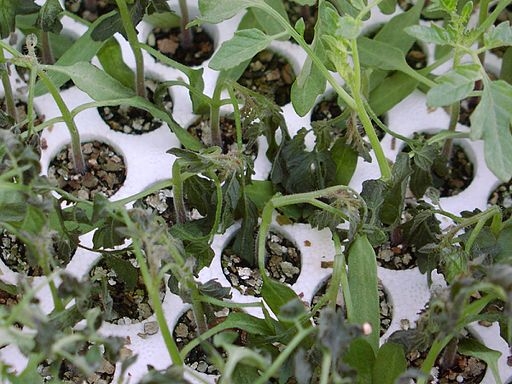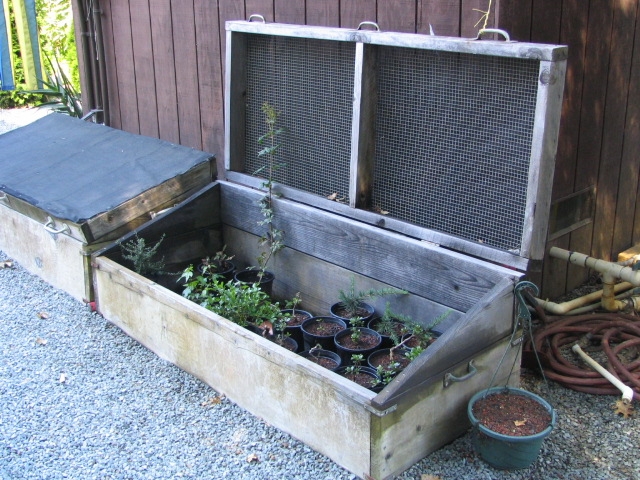
Extreme heat or cold can cause damage to both cool and warm season vegetable crops. Cool season vegetable crops like carrots, lettuce and broccoli bolt (premature flowering and seeding) when warm weather arrives. Warm season vegetable crops like tomatoes, corn, beans and summer squash can easily be damaged by cooler weather and freezing temperatures.
As the transition from cool season vegetable crops to warm season vegetable crops occurs pay special attention to the weather and most importantly the frost date. Don't forget to harvest cool season crops before they bolt, and only plant warm season crops after the threat of frost.

Time of planting, temperature and moisture all contribute to the success of a home vegetable garden. If planted early, seeds may not successfully germinate and tender seedlings may be damaged by cold. If planted late, vegetables may not have enough days to reach harvest.
If you are eager to get your spring garden moving forward and can't wait until after the threat of frost has passed, here are some ways to extend your gardening season:
Growing your own vegetables is rewarding when done properly, don't let poor planting practices ruin your harvest! Planning and preparation will help ensure the success of your crop, for more information on vegetable gardening and water-saving tips visit the University of California Garden Web.
Resources:
Last day http://www.plantmaps.com/interactive-california-last-frost-date-map.php
First day http://www.plantmaps.com/interactive-california-first-frost-date-map.php
http://cagardenweb.ucanr.edu/Your_Climate_Zone/
Sources:
California Master Gardener Handbook, Chapter13 Home Gardening